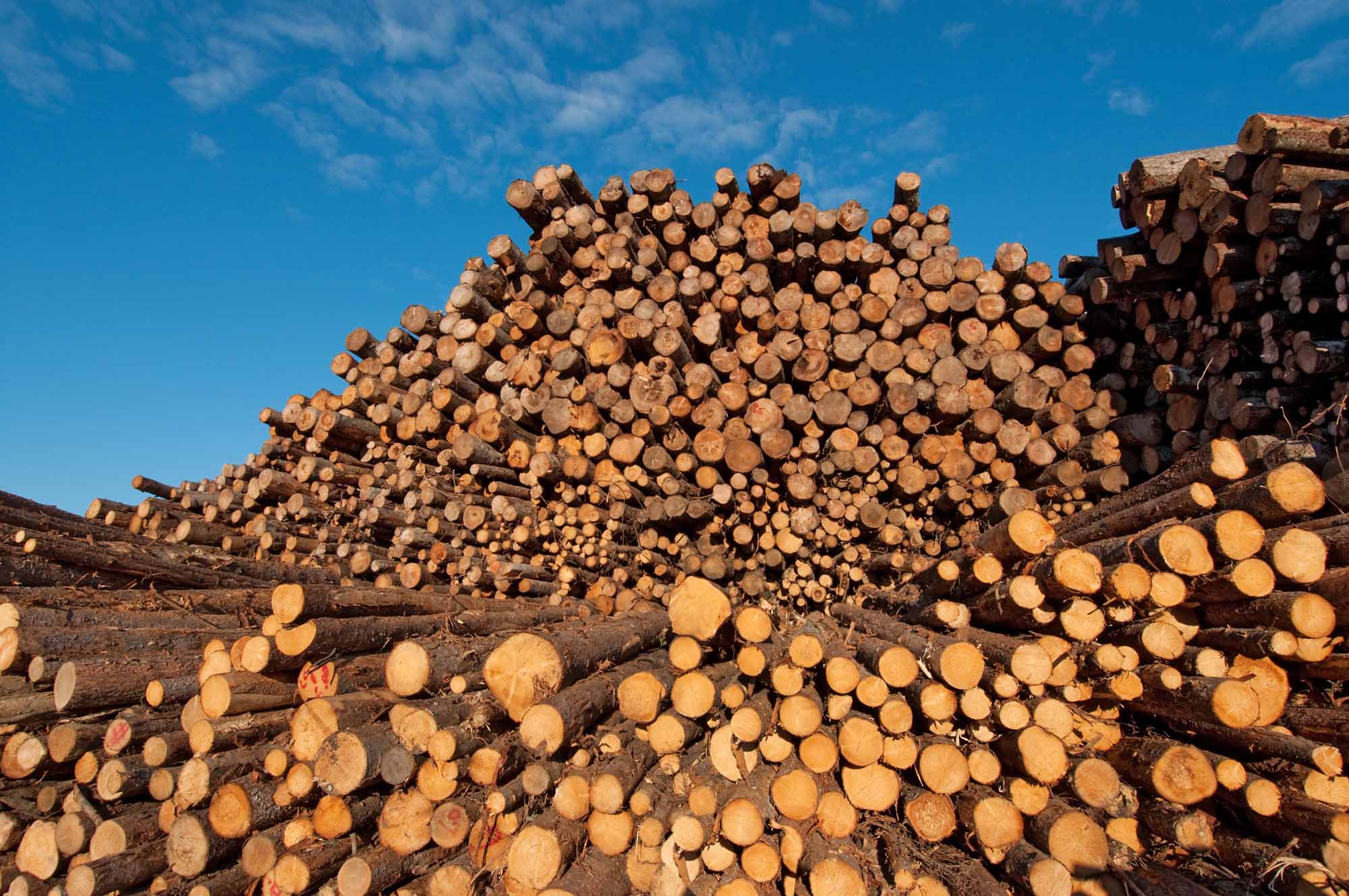Browse "Things"
-
Article
Newcombe Piano Co., Ltd.
Newcombe Piano Co., Ltd. was founded in Toronto by Octavius Newcombe in 1878. The quality of Newcombe pianos were recognized at several international exhibitions. Following a factory fire in 1926, the Newcombe name was purchased by the Montreal piano retailer and manufacturer Willis & Company Ltd.
"https://development.thecanadianencyclopedia.ca/images/tce_placeholder.jpg?v=e9dca980c9bdb3aa11e832e7ea94f5d9" // resources/views/front/categories/view.blade.php
https://development.thecanadianencyclopedia.ca/images/tce_placeholder.jpg?v=e9dca980c9bdb3aa11e832e7ea94f5d9
-
Macleans
Ludwig Farm Shooting
This article was originally published in Maclean’s magazine on July 5, 1999. Partner content is not updated. On a brilliant summer's evening last week, two children's teams played soccer outside the Beaverlodge Community Centre. Another group of youngsters splashed with glee in an adjacent outdoor swimming pool. Inside the town hall, though, the mood was ugly.
"https://development.thecanadianencyclopedia.ca/images/tce_placeholder.jpg?v=e9dca980c9bdb3aa11e832e7ea94f5d9" // resources/views/front/categories/view.blade.php
https://development.thecanadianencyclopedia.ca/images/tce_placeholder.jpg?v=e9dca980c9bdb3aa11e832e7ea94f5d9
-
Article
Luge and Skeleton Bobsledding
Tobogganing developed independently in eastern Canada among native tribes who used their transportation sleighs for occasional fun. It was refined by groups such as the Montreal Tobogganing Club, the first such club in Canada, formed in 1881.
"https://d2ttikhf7xbzbs.cloudfront.net/media/media/a60d0cf9-b2c8-4223-a154-72ed9c6ef620.jpg" // resources/views/front/categories/view.blade.php
https://d2ttikhf7xbzbs.cloudfront.net/media/media/a60d0cf9-b2c8-4223-a154-72ed9c6ef620.jpg
-
Article
Lumber and Wood Industries
Canada’s lumber and wood industries convert logs into various products, from lumber to wood chips. Softwood, derived from coniferous trees, supplies most of the manufacturers in these industries and is cut primarily in British Columbia. The remainder of the industry is supplied by hardwood (from deciduous trees, e.g., birch, maple, oak) found mainly in southern Ontario and Quebec and the Maritimes. Though technically not hardwood, Alberta produces large volumes of aspen and poplar. According to Natural Resources Canada, the forest sector contributed $33.4 billion to Canada’s nominal gross domestic product and employed 212,660 people in 2022. (See also Pulp and Paper Industry; Forest Harvesting; Timber Trade History; Forestry.)
"https://d2ttikhf7xbzbs.cloudfront.net/media/media/c1513b07-b36d-4c5c-8ff0-1b063bb48745.jpg" // resources/views/front/categories/view.blade.php
https://d2ttikhf7xbzbs.cloudfront.net/media/media/c1513b07-b36d-4c5c-8ff0-1b063bb48745.jpg
-
"https://development.thecanadianencyclopedia.ca/images/tce_placeholder.jpg?v=e9dca980c9bdb3aa11e832e7ea94f5d9" // resources/views/front/categories/view.blade.php
https://development.thecanadianencyclopedia.ca/images/tce_placeholder.jpg?v=e9dca980c9bdb3aa11e832e7ea94f5d9
-
Article
Lupine
Lupine (Latin lupus, "wolf," from the belief that it robs the soil), is the common name for several annual or perennial herbaceous plant species in the pea family.
"https://development.thecanadianencyclopedia.ca/images/tce_placeholder.jpg?v=e9dca980c9bdb3aa11e832e7ea94f5d9" // resources/views/front/categories/view.blade.php
https://development.thecanadianencyclopedia.ca/images/tce_placeholder.jpg?v=e9dca980c9bdb3aa11e832e7ea94f5d9
-
Article
Music of the Lutherans
In 1980, Canada's fifth-largest Christian denomination, numbering approximately 716,000 persons, of whom 302,736 were members of congregations.
"https://development.thecanadianencyclopedia.ca/images/tce_placeholder.jpg?v=e9dca980c9bdb3aa11e832e7ea94f5d9" // resources/views/front/categories/view.blade.php
https://development.thecanadianencyclopedia.ca/images/tce_placeholder.jpg?v=e9dca980c9bdb3aa11e832e7ea94f5d9
-
Article
Lye Organ Company
Lye Organ Company. Edward Lye (b Somerset, England, 1828 or 1829, d Toronto, 9 Nov 1919) became a cabinetmaker in England, and this training appears to have led naturally to the construction of organs.
"https://development.thecanadianencyclopedia.ca/images/tce_placeholder.jpg?v=e9dca980c9bdb3aa11e832e7ea94f5d9" // resources/views/front/categories/view.blade.php
https://development.thecanadianencyclopedia.ca/images/tce_placeholder.jpg?v=e9dca980c9bdb3aa11e832e7ea94f5d9
-
Article
Lynx
The lynx is a medium-sized, carnivorous mammal of family Felidae. Canada lynx (Lynx canadensis) is distinguished from the North American bobcat by its tufted ears, large feet, long legs and lack of a white patch below the tail tip.
"https://d2ttikhf7xbzbs.cloudfront.net/media/media/afc695e4-39e9-44d1-976b-3b6bbe48ca04.jpg" // resources/views/front/categories/view.blade.php
https://d2ttikhf7xbzbs.cloudfront.net/media/media/afc695e4-39e9-44d1-976b-3b6bbe48ca04.jpg
-
Article
M113 Armoured Personnel Carrier
The American-designed M113 armoured personnel carrier (APC) became the most widely used tracked APC in the world. FMC Corporation introduced the M113 in 1960; eventually, more than 40 nations operated it. The M113 went through three major upgrades and many variants were produced.
"https://d2ttikhf7xbzbs.cloudfront.net/M113/M113-Germany-Fallex-1984.jpg" // resources/views/front/categories/view.blade.php
https://d2ttikhf7xbzbs.cloudfront.net/M113/M113-Germany-Fallex-1984.jpg
-
Article
Machinery and Equipment Industry
Machinery and Equipment Industry includes establishments that produce pumps and compressors, rolling-mill and metalworking equipment, forestry equipment, mining equipment, farm machinery, construction equipment and service industries equipment.
"https://development.thecanadianencyclopedia.ca/images/tce_placeholder.jpg?v=e9dca980c9bdb3aa11e832e7ea94f5d9" // resources/views/front/categories/view.blade.php
https://development.thecanadianencyclopedia.ca/images/tce_placeholder.jpg?v=e9dca980c9bdb3aa11e832e7ea94f5d9
-
"https://development.thecanadianencyclopedia.ca/images/tce_placeholder.jpg?v=e9dca980c9bdb3aa11e832e7ea94f5d9" // resources/views/front/categories/view.blade.php
https://development.thecanadianencyclopedia.ca/images/tce_placeholder.jpg?v=e9dca980c9bdb3aa11e832e7ea94f5d9
-
Article
Mackenzie-Grease Trail
The Mackenzie-Grease Trail represents the final 350 km link which Alexander Mackenzie followed in the first recorded crossing of continental North America in 1793.
"https://development.thecanadianencyclopedia.ca/images/tce_placeholder.jpg?v=e9dca980c9bdb3aa11e832e7ea94f5d9" // resources/views/front/categories/view.blade.php
https://development.thecanadianencyclopedia.ca/images/tce_placeholder.jpg?v=e9dca980c9bdb3aa11e832e7ea94f5d9
-
Article
Mackenzie Highway
Eighty km northwest of Enterprise, a ferry connects with the highway to Yellowknife, and connecting roads to the east serve Fort Resolution and Fort Smith. The section from Enterprise to Hay River is now a separate highway. First built as an all-weather road, some of its length has been paved.
"https://d2ttikhf7xbzbs.cloudfront.net/media/media/2862aeaf-cace-4b85-aac6-6d4f4ad9c96e.jpg" // resources/views/front/categories/view.blade.php
https://d2ttikhf7xbzbs.cloudfront.net/media/media/2862aeaf-cace-4b85-aac6-6d4f4ad9c96e.jpg
-
Article
Mackenzie King and the War Effort
Prime Minister William Lyon Mackenzie King guided the country through six painful years of conflict, oversaw a massive war effort and made surprisingly few errors in a period of tremendous turmoil, change and anguish.
"https://d2ttikhf7xbzbs.cloudfront.net/media/media/86b5dad6-77f9-493c-8453-1af445eda20b.jpg" // resources/views/front/categories/view.blade.php
https://d2ttikhf7xbzbs.cloudfront.net/media/media/86b5dad6-77f9-493c-8453-1af445eda20b.jpg
